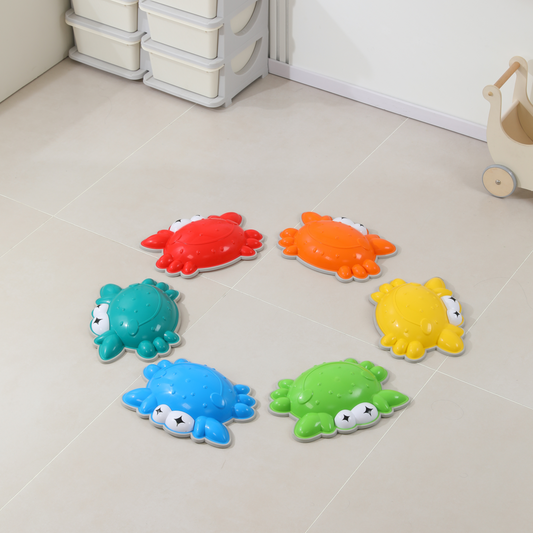
While nighttime sleep is crucial, daytime naps are just as vital for ensuring kids get the rest they need each day. Daytime naps are essential for maintaining children's physical health and mood, benefiting both them and you. Let’s delve into why napping matters and how to make the most of it.
Why Napping Matters:
As kids grow and develop, naps provide much-needed downtime for their minds and bodies, especially during periods of significant change. Additionally, if kids become overtired, it becomes harder for them to fall asleep easily at night. Napping offers several other benefits:
Enhanced Learning: Research indicates that napping improves children's cognitive abilities, particularly in memory-related tasks. Preschoolers who nap regularly perform better in memory games, highlighting the importance of incorporating naps into daily routines.
Promotion of Health: Studies have shown that children who don't get enough sleep or sleep irregularly tend to have higher rates of obesity. This could be linked to their eating habits and reduced energy levels for physical activity when tired. Naps help combat this by ensuring children are well-rested and more likely to make healthier choices.
Improved Mood: A lack of naps can lead to tantrums and tears. Studies have found that toddlers who don't nap are unhappier, more anxious, and react worse to frustrating events.
How Much Daytime Sleep Do They Need?
Understanding how much daytime sleep children need at different ages is crucial:
Newborns: Babies can sleep up to 18 hours a day, usually waking up for short periods.
Infants: Between two to four naps a day, lasting 30 minutes to 2 hours each, are typical for infants.
Toddlers: Children in this age group should sleep 12 to 14 hours a day, including naps. Most toddlers transition from two naps to one long nap by age two.
Preschoolers: While some 3- and 4-year-olds still nap, it's more important for them to get enough sleep overall. Aim for 11 to 13 hours of sleep per day, adjusting nap times if needed.
School-age Children and Up: Most children no longer need naps after age 5, but a short midday break can still be beneficial.
Secrets to Better Naps:
Encouraging naps can sometimes be challenging, but a few strategies can help:
Create an Atmosphere: Establishing a nap routine and providing a calm environment signal that it's time for a break.
Time it Right: Put your child down for a nap when they show signs of drowsiness, such as yawning or rubbing their eyes.
Keep it Short: Avoid long or late naps, as they can interfere with nighttime sleep. Opt for shorter naps earlier in the day to ensure a smooth bedtime routine.
By prioritizing daytime naps and implementing these tips, you can ensure your child is rested and ready to take on the day, benefiting their overall well-being and yours.
Choosing the Right Nap Mat:
When it comes to nap time, having the right nap mat can make all the difference. There are various options to consider, including toddler nap mats, nap pads, daycare sleeping mats, and preschool nap mats. Each type of nap mat offers unique features and benefits tailored to different age groups and settings.
-
Toddler Nap Mats: Designed specifically for toddlers, these mats are typically smaller in size and feature soft, comfortable materials to ensure a cozy nap time experience.
-
Nap Pads: Ideal for on-the-go napping, nap pads are lightweight and portable, making them perfect for daycare or travel.
-
Daycare Sleeping Mats: These mats are designed to withstand frequent use in a daycare or preschool setting, offering durability and easy cleaning for busy caregivers.
-
Preschool Nap Mats: Slightly larger than toddler nap mats, preschool nap mats provide ample space for growing preschoolers to stretch out and relax during nap time.
-
Visit our nap mat series to get a perfect nap mat for your kid!




